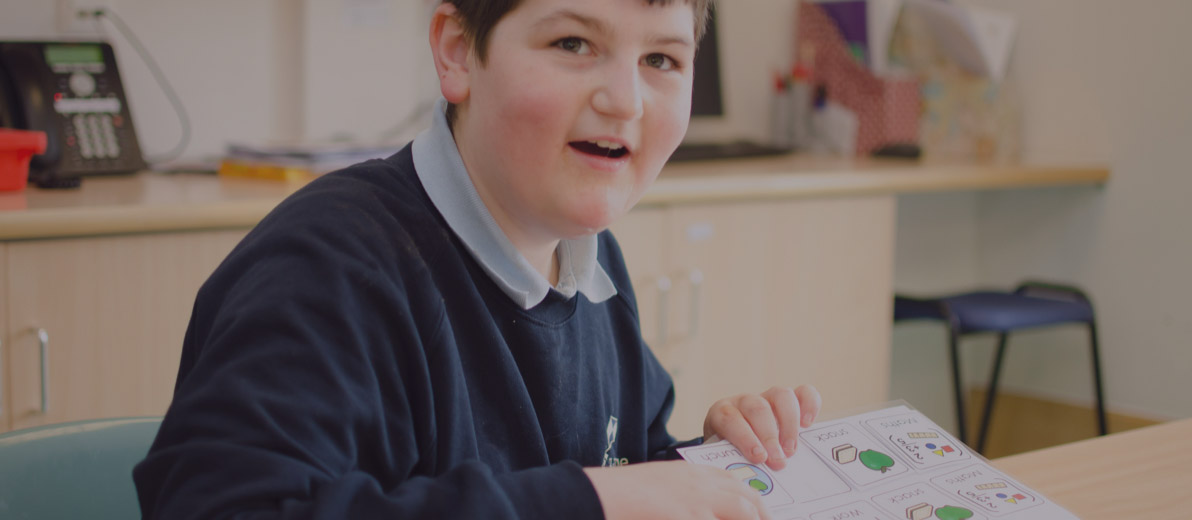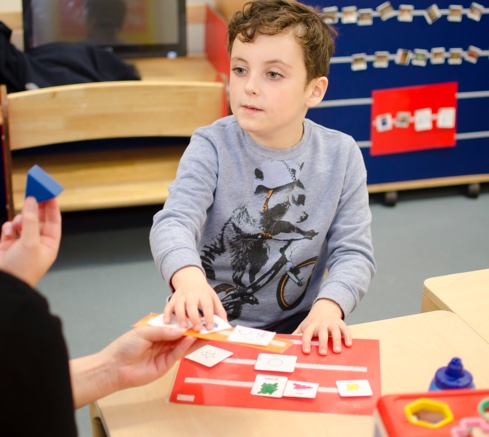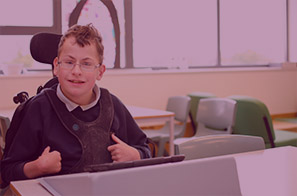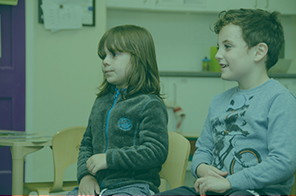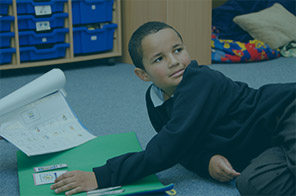Symbols are representatives of speech or words. They can be:
- Objects
- Photographs
- Black and white/colour line drawings
- Pictures
- Written words
Some of these are easier to understand and use than others. This is dependent on how closely they resemble the actual object visually – for example a photograph of someone’s own shoe is easier to understand than a drawing of a shoe.
When introducing a symbol system it is important to use those that are readily understood by the person using it. They should be able to associate or link the symbol to the real object or event. It is important to base your choice on assessment, advice and support from a Speech & Language Therapist and/or Specialist Advisor.
Symbols can support understanding and expression of:-
- Choices
- What is happening NOW & NEXT
- Timetable of events during the day
- Tasks that need to follow a sequence e.g. dressing
Using symbols supports:-
- Memory – Lists, sequences of events, new learning, recalling events
- Increases independence
- Clarifies behaviour expectations and boundaries
- Scanning skills – to be able to look at symbols in an ordered way particularly left to right and top to bottom. This is an important skill used when reading.
- Attention control – Symbols can support individuals who find maintaining looking and listening a challenge as symbols can remain in place until the person is ready to notice or process the information.
Further information can be found below:-
Oxfordshire Total Communication – photos, pictures and symbols – http://www.oxtc.co.uk/picsphotossymbols.shtml
Integrated Treatment Services – A guide to Visual Communication Environments – http://integratedtreatmentservices.co.uk/?resource=guide-visual-communication-environments
http://www.surreypb.org.uk/section3/communication/Using%20words%20photos%20and%20symbols.pdf
Communication Matters – http://www.complexneeds.org.uk/modules/Module-3.1-Communication—augmentative-and-assistive-strategies/C/downloads/m09p110bcd/using_symbols_for_communication_a4.pdf
Widget – https://www.widgit.com/index.php

